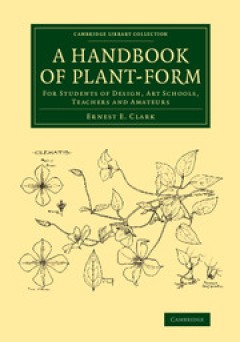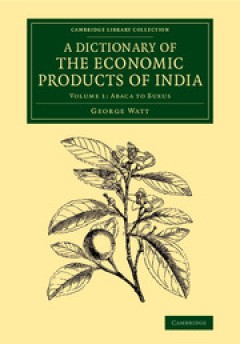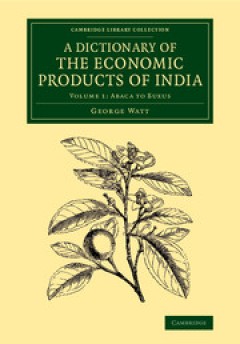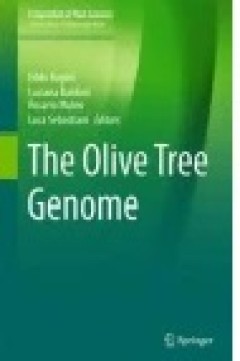Filter by

Aquaponics Food Production Systems = Combined Aquaculture and Hydroponic Prod…
This open access book, written by world experts in aquaponics and related technologies, provides the authoritative and comprehensive overview of the key aquaculture and hydroponic and other integrated systems, socio-economic and environmental aspects. Aquaponic systems, which combine aquaculture and vegetable food production offer alternative technology solutions for a world that is increasingl…
- Edition
- 1
- ISBN/ISSN
- 9783030159436
- Collation
- XVI, 619 hlm ill; lamp
- Series Title
- -
- Call Number
- -

Efficient Screening Techniques to Identify Mutants with TR4 Resistance in Banana
Bananas are a staple food for over 500 million people and are also an important cash crop. Fusarium wilt, caused by the fungus Fusarium oxysporum f.sp. cubense, is one of the most destructive diseases of banana globally. Since the 1990s, an aggressive variant of this fungus, called Tropical Race 4 (TR4), severely affected banana plantations in Southeast Asia from where it spread to other contin…
- Edition
- 1
- ISBN/ISSN
- 978-3-662-64915-2
- Collation
- -
- Series Title
- -
- Call Number
- XVI, 187

Intertwined Histories
How do we understand the boundaries of individual creatures? What are the systems of interdependency that bind all living creatures together? Plants were among the the first to colonize the planet. They created the soil and the atmosphere that made life possible for animals. They are some of the largest and oldest life forms on Earth. In spite of their primacy, Western cultures have traditional…
- Edition
- -
- ISBN/ISSN
- 9781773850917
- Collation
- -
- Series Title
- -
- Call Number
- -

A Handbook of Plant-Form For Students of Design, Art Schools, Teachers and A…
Written and richly illustrated by the Derby-born artist Ernest Ellis Clark (1869–1932), this guide was originally published in 1904 to demonstrate the decorative possibilities of certain plants, mainly English wild flowers, to art students sitting examinations in plant drawing and design. Clark emphasises the importance of retaining a certain amount of botanical accuracy and provides examples…
- Edition
- -
- ISBN/ISSN
- 9781107262225
- Collation
- -
- Series Title
- Cambridge Library Collection - Botany and Horticulture
- Call Number
- -

A General View of the Writings of Linnaeus
Carl Linnaeus (1707–88), father of modern taxonomy, was one of the most important scientists of the eighteenth century. This biography was written by Richard Pulteney (1730–1801), a physician and botanist who greatly admired Linnaeus' methods and aimed to promote them in England. The first edition was published in 1781 and contains a thorough account of the major works of Linnaeus and his u…
- Edition
- William George Maton
- ISBN/ISSN
- 9781139095945
- Collation
- -
- Series Title
- Cambridge Library Collection - Botany and Horticulture
- Call Number
- -

A Garden of Pleasure
Eleanor Vere Boyle (1825–1916), who re-created the gardens of Huntercombe Manor in Berkshire in the 1870s, was a talented artist as well as an author, illustrating both poetry and books for children. Coming from an aristocratic family, and in later life a friend of Queen Alexandra, she produced sketches and watercolours admired by Ruskin and Landseer, and Tennyson and Bulwer Lytton contribute…
- Edition
- -
- ISBN/ISSN
- 9781107741805
- Collation
- -
- Series Title
- Cambridge Library Collection - Botany and Horticulture
- Call Number
- -

A Dictionary of the Economic Products of India
A Scottish doctor and botanist, George Watt (1851–1930) had studied the flora of India for more than a decade before he took on the task of compiling this monumental work. Assisted by numerous contributors, he set about organising vast amounts of information on India's commercial plants and produce, including scientific and vernacular names, properties, domestic and medical uses, trade statis…
- Edition
- -
- ISBN/ISSN
- 9781107239159
- Collation
- -
- Series Title
- Cambridge Library Collection - Botany and Horticulture
- Call Number
- -

A Dictionary of the Economic Products of India
A Scottish doctor and botanist, George Watt (1851–1930) had studied the flora of India for more than a decade before he took on the task of compiling this monumental work. Assisted by numerous contributors, he set about organising vast amounts of information on India's commercial plants and produce, including scientific and vernacular names, properties, domestic and medical uses, trade statis…
- Edition
- -
- ISBN/ISSN
- 9781107239142
- Collation
- -
- Series Title
- Cambridge Library Collection - Botany and Horticulture
- Call Number
- -

Food Security and Food Safety for the Twenty-First Century
This book is a collection of selected papers that were presented at the First International Conference of the Asia-Pacific Society for Agricultural and Food Ethics (APSAFE 2013), which was held at Chulalongkorn University from November 28 – 30, 2013. The papers are interdisciplinary, containing insights into food security and food ethics from a variety of perspectives, including, but not limi…
- Edition
- -
- ISBN/ISSN
- 978-981-287-417-7
- Collation
- XI, 333 hlm.
- Series Title
- -
- Call Number
- -

The Olive Tree Genome
The individual chapters discuss genetic resources; classic and modern breeding methods for providing new olive cultivars; the genotype x environment interactions determining the response to biotic and abiotic stresses; fruit metabolism related to oil production and the synthesis of health beneficial molecules; the mapping of genes and quantitative trait locus; and genomic, transcriptomic and pr…
- Edition
- -
- ISBN/ISSN
- 978-3-319-48887-5
- Collation
- XI, 193
- Series Title
- Compendium of Plant Genomes
- Call Number
- -
 Computer Science, Information & General Works
Computer Science, Information & General Works  Philosophy & Psychology
Philosophy & Psychology  Religion
Religion  Social Sciences
Social Sciences  Language
Language  Pure Science
Pure Science  Applied Sciences
Applied Sciences  Art & Recreation
Art & Recreation  Literature
Literature  History & Geography
History & Geography